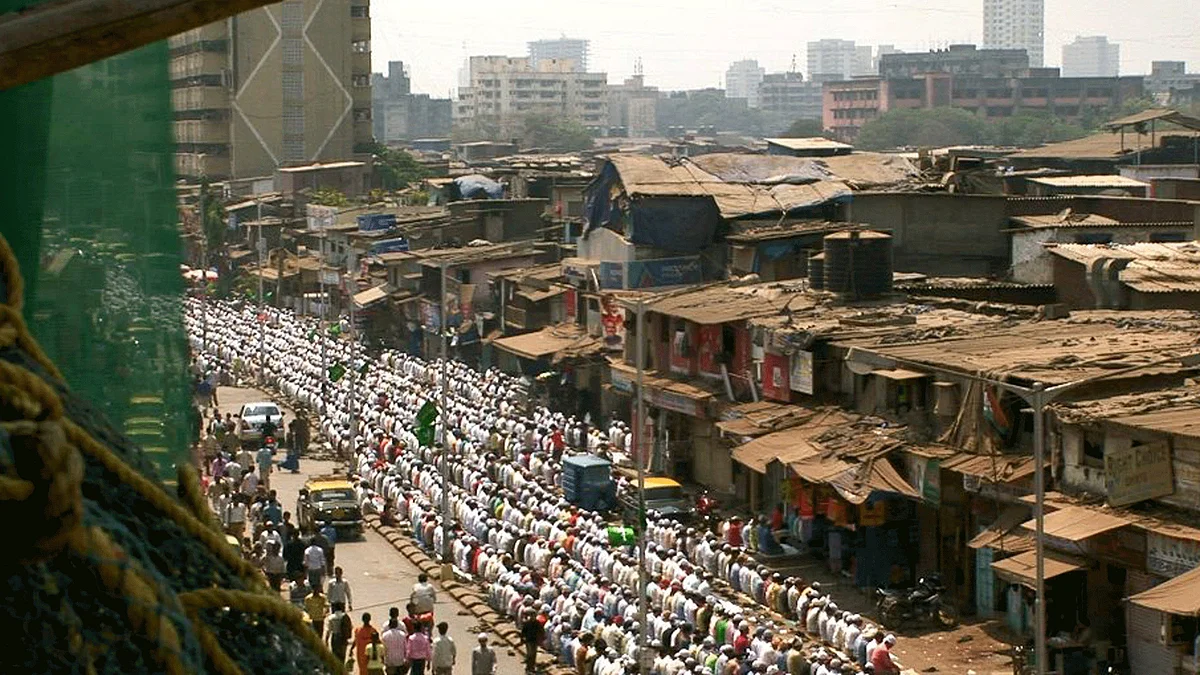
On World Habitat Day, a Look At The Govt’s Houses-For-All Promise
Senior journalist Tina Edwin writes how the urban housing schemes can be a major challenge for the government.

advertisement
This piece was originally published on 4 October, 2015.
The United Nations celebrates the first Monday of October of every year as World Habitat Day. The aim of World Habitat Day is to reflect on the state of our towns and cities, and on the basic right of all to shelter.
Given the increasing rate of migration to the cities, it may not be an easy task for the government to provide housing for all. Here’s how the urban housing schemes can throw up major challenges for the government.
Prime Minister Narendra Modi launched three housing missions – Smart Cities Mission, Atal Mission for Rejuvenation and Urban Transformation (AMRUT) and Pradhan Mantri Awas Yojana for urban areas – on June 25 in a bid to improve the quality of life in urban areas and use construction of some 20 million homes and other urban infrastructure to drive growth over the next seven years.
About 31% per cent Indians lived in urban areas at the time of Census 2011, and that number is set to swell, putting more pressure on urban infrastructure, as more people move to urban areas in search of alternate livelihood. Some analysts estimate that the urban population would rise to about 600 million by 2030 or about 40% of India’s population, from about 377 million in 2011.
Providing decent accommodation to these people, with all basic facilities, will be one of the biggest challenges before state governments and municipal authorities. It is already a challenge, as many cities are unable to cope with heavy migration from rural areas. Most of these migrants, who take up odd jobs as household helps, masons and rickshaw pullers, live in pitiable conditions on the fringes of developed colonies across cities. Rejuvenating older towns and cities is also needed to prevent further decay.
Here are five striking aspects of the dreadful side of urban areas that the urban missions launched on June 25 are expected to address.
Slums and Slum Dwellers
More than 65.5 million people, nearly equivalent to the population of Rajasthan, live in slums across India and they make up about 13.9 million households, according to Census 2011. Greater Mumbai region, not including Navi Mumbai, has the highest concentration of the slum dwellers – about 8% of all slums and slum dwellers in the country. That’s about 1.1 million slums and 5.2 million slum dwellers. Greater Hyderabad comes a distant second with 0.5 million households and 2.3 million people living in slums. The national capital territory of Delhi in comparison has just about 0.4 million slums with 1.8 million people living in them.
Housing Scenario
- Urban population would rise to about 600 million by 2030 or about 40% of India’s population, from about 377 million in 2011.
- More than 65.5 million people live in slums across India and they make up about 13.9 million households.
- Over 1.8 million people across the country do not have a roof over their heads and are therefore said to be houseless.
- Over 2.3 million households in urban areas live in dilapidated homes.
Homeless People
Over 1.8 million people across the country, which is more than the population of Goa, do not have a roof over their heads and are therefore said to be houseless. More than half (about 0.94 million) of such people live in urban areas. Uttar Pradesh has the highest number of homeless people, about 0.33 million in all, of which 0.18 million live in urban areas of the state.
Dilapidated Homes
Over 2.3 million households in urban areas live in dilapidated homes. Relative to the total number of households in urban areas, it looks small at just 2.9%. Most of these people will need alternate accommodation before the roof comes down on them. This is not counting homes that can be referred to as “pucca” structures. Many houses in urban areas have mud floors, asbestos sheet roofs and thatched or bamboo walls.
Crowded Homes
Many poor households in urban areas live in one-room tenements, often cooking within the same room, which poses grave health risks. The luckier ones will have two rooms and a separate cooking area. Census 2011 estimates that 32% households lived in single room dwelling and another 31% households had two-room accommodations.
Lacking Basic Facilities
Most urban households, including the poor, seem to have access to electricity for lighting, tap water for drinking, toilets and bathrooms within the premises but drainage seems to be a big problem. Just about 45% of households in urban India had access to closed drainage for waste water from the kitchens and washrooms and over 18% said they had no access to drainage.
Others had to make do with open drainage system. About 12% did not have access to toilets of any kind either within their premises, outside or public ones and were therefore defecating in the open in 2011. And, about a fourth of the urban households were using firewood, cow dung, crop residue or charcoal to cook their meals.
(The writer is a Delhi-based senior journalist)
(At The Quint, we question everything. Play an active role in shaping our journalism by becoming a member today.)
- Access to all paywalled content on site
- Ad-free experience across The Quint
- Early previews of our Special Projects
Published: 26 Jun 2015,04:34 PM IST